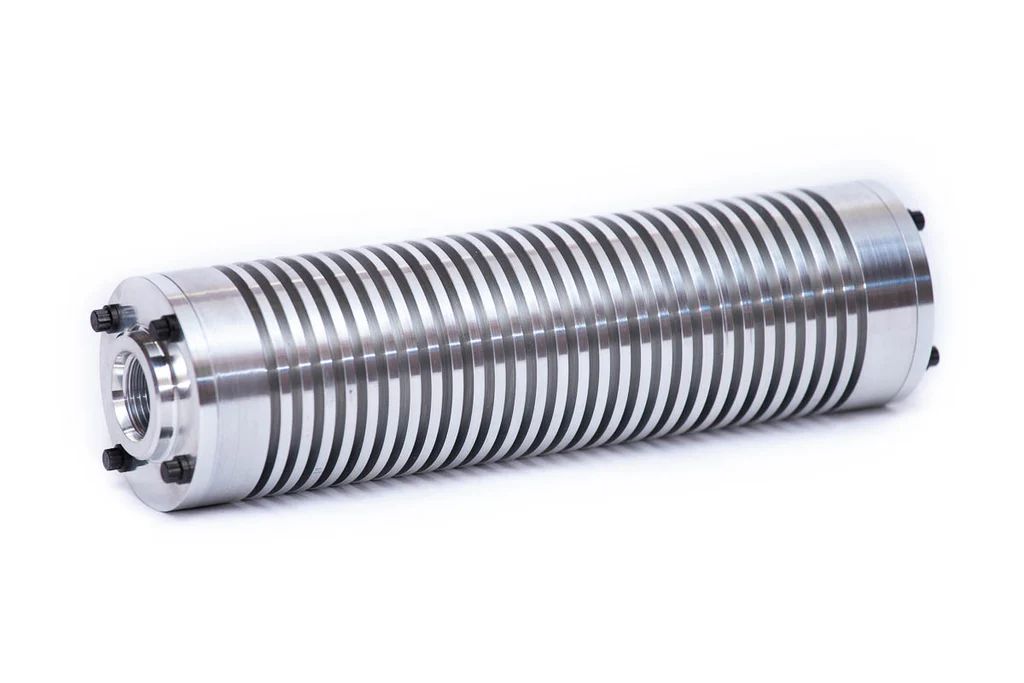Fin Tube Coolers have long been a reliable solution for transferring heat between fluids and air, widely used in industries like power generation, oil & gas, HVAC, and process cooling. By combining tubes carrying process fluids with external fins to increase surface area, these coolers offer efficient, compact, and cost-effective heat dissipation. Today, as industries demand higher energy efficiency, environmental sustainability, and smart operational control, Fin Tube Coolers are evolving with advanced materials, innovative designs, and intelligent control systems. In this article, we explore the future of Fin Tube Coolers, the latest innovations transforming this technology, and the benefits driving their continued popularity.
Unique Type of Information About Fin Tube Coolers:
- Variable Fin Geometry for Performance Tuning
Modern fin tube coolers aren’t limited to straight, uniform fins. Custom fin geometries like serrated, louvered, and perforated fins can significantly improve air turbulence, enhancing heat transfer coefficients without major size increases. This lets designers fine-tune cooler performance to suit specific operating environments like desert heat or humid coastal areas. - Material Combinations for Corrosion-Resistant Cooling
In industries like offshore oil rigs or chemical plants, Fin Tube Coolers often feature mixed-material constructions — like copper fins on stainless steel tubes or aluminum fins on titanium tubes. This pairing optimizes both corrosion resistance and thermal conductivity, extending equipment life in harsh atmospheres. - Tube Expansion Techniques to Avoid Galvanic Corrosion
Some manufacturers use mechanical or hydraulic expansion instead of welding to attach the tubes and fins, especially when dissimilar metals are involved. This reduces the risk of galvanic corrosion between different materials while maintaining a solid thermal connection. - Self-Cleaning Coatings
Certain Fin Tube Coolers now feature hydrophobic or oleophobic coatings on the fins, which repel dust, moisture, and oil. These self-cleaning surfaces minimize fouling and reduce maintenance downtime — highly beneficial for remote installations like solar thermal power plants or wind farms.
Future of Fin Tube Coolers
The industrial cooling world is evolving fast — and Fin Tube Coolers are no exception. Here’s what’s coming:
- High-Performance Nano-Coatings:
Next-gen Fin Tube Coolers will use nano-ceramic or graphene-based coatings on fins and tubes. These coatings drastically reduce fouling, corrosion, and heat resistance — enabling systems to operate in polluted, humid, or saline air conditions with minimal performance loss. - Additive Manufacturing (3D-Printed Fins):
3D printing is making it possible to create complex, custom fin shapes (spiral, wave, serrated with micro-channels) that were previously impossible using conventional manufacturing. This allows unmatched control over airflow and surface contact for highly efficient heat transfer. - AI-Driven Smart Coolers:
Future systems will integrate smart sensors and AI algorithms to optimize fan speed, airflow direction, and cooling performance based on real-time ambient conditions, load variations, and fouling levels — extending equipment life and cutting energy consumption.
Innovations in Fin Tube Cooler Technology
- Bimetallic Fin Tubes:
Combining two metals (like aluminum fins over stainless steel tubes) to balance cost, durability, and performance — reducing maintenance needs in aggressive environments. - Fin Density Optimization Algorithms:
Software tools now calculate the ideal fin density and pitch based on operating conditions — improving efficiency while preventing pressure drops. - Self-Regulating Coils:
Some newer Fin Tube Coolers use thermally responsive materials that adjust airflow paths based on temperature, automatically optimizing performance without external controls. - Low-Noise, Energy-Efficient Fans:
Coupling advanced axial fans with EC (electronically commutated) motors and smart speed controllers for reduced noise and 20–40% lower energy consumption.
Fin Tube Coolers are entering a new era of innovation from AI-driven control systems and nano-coatings to 3D-printed fin geometries and eco-friendly refrigerant compatibility, these systems are being reimagined for the future. Their adaptability, high performance, and environmentally friendly operation make them a preferred choice for industries aiming for operational excellence and sustainability. Investing in the latest generation of Fin Tube Coolers ensures not only optimal heat transfer performance but also long-term operational reliability and reduced lifecycle costs.

